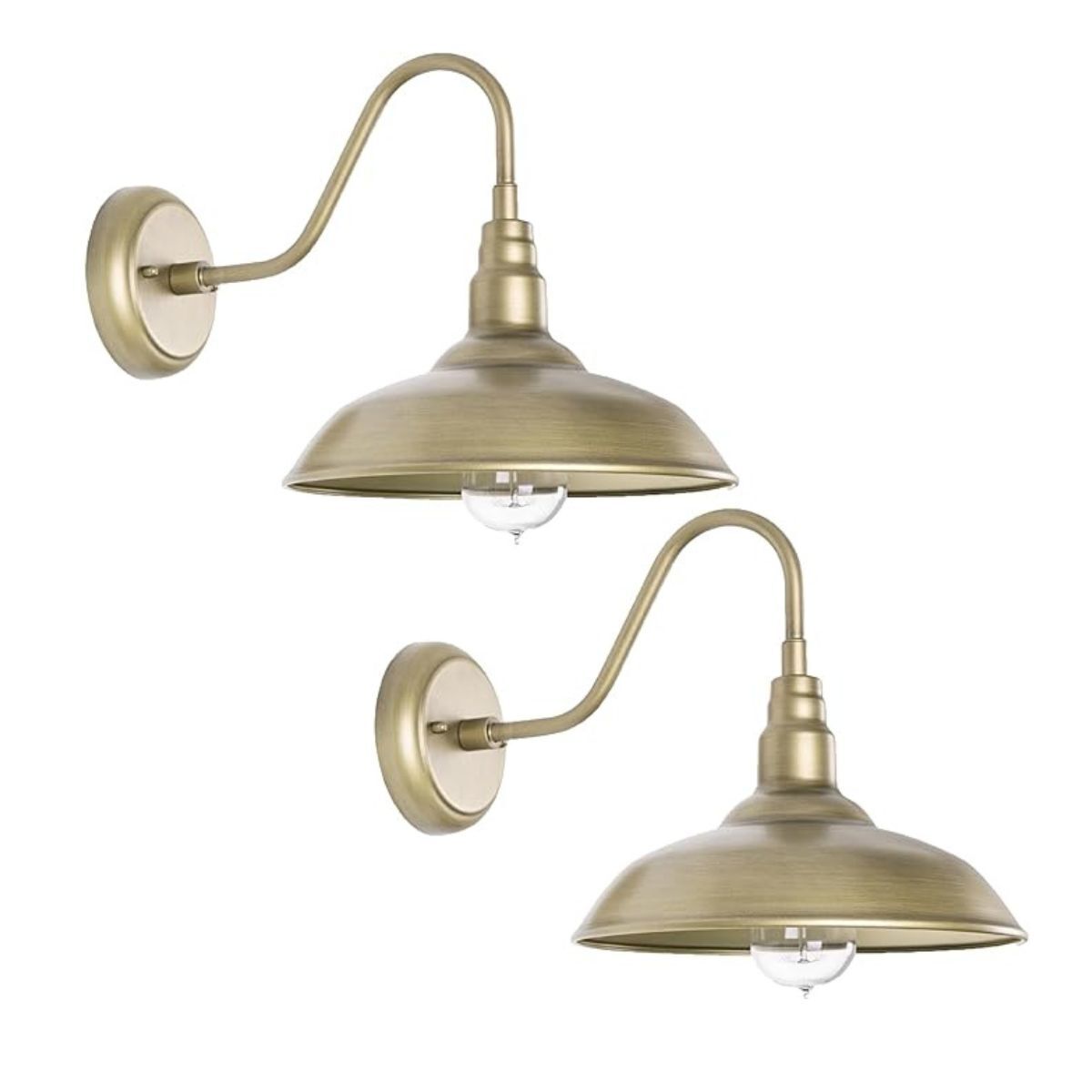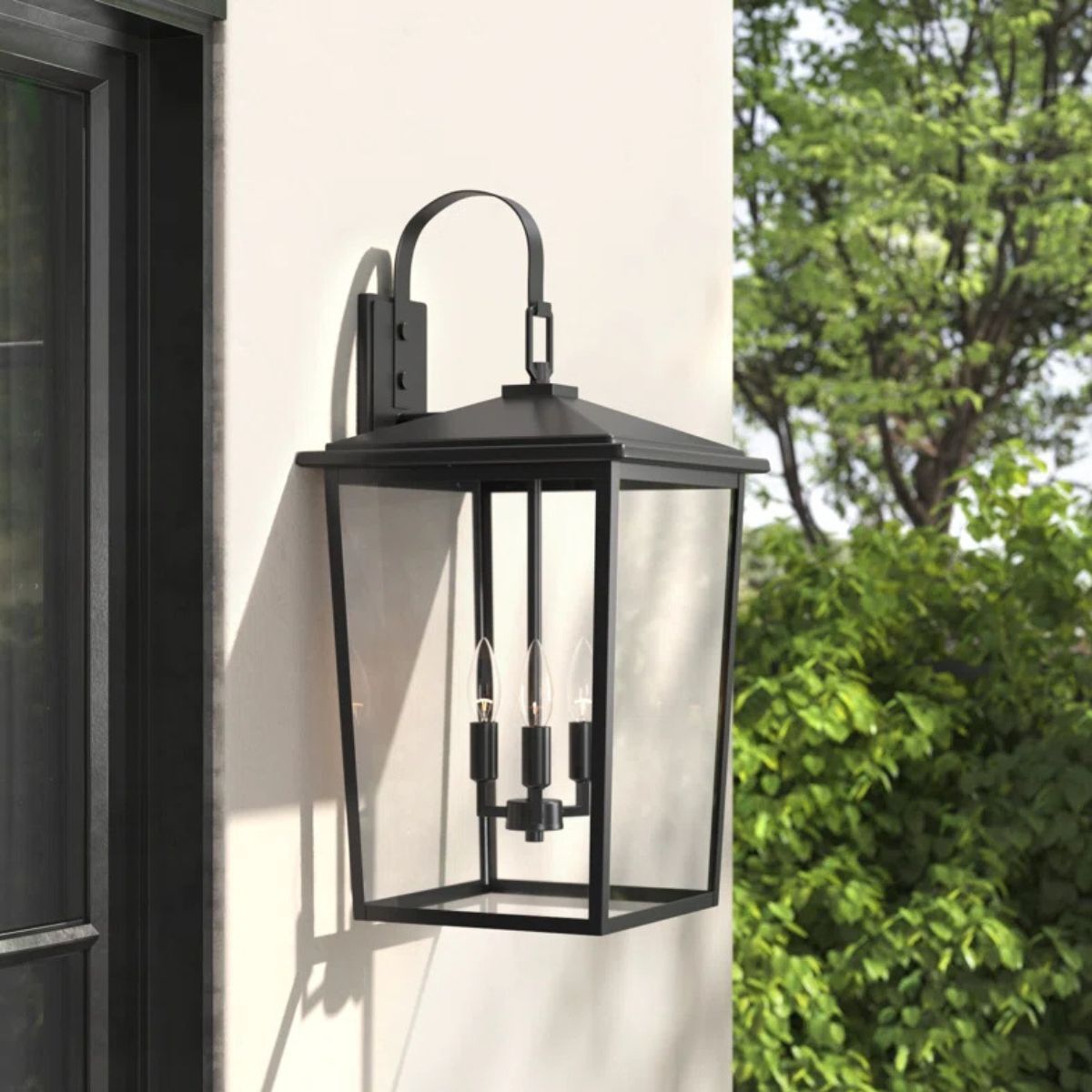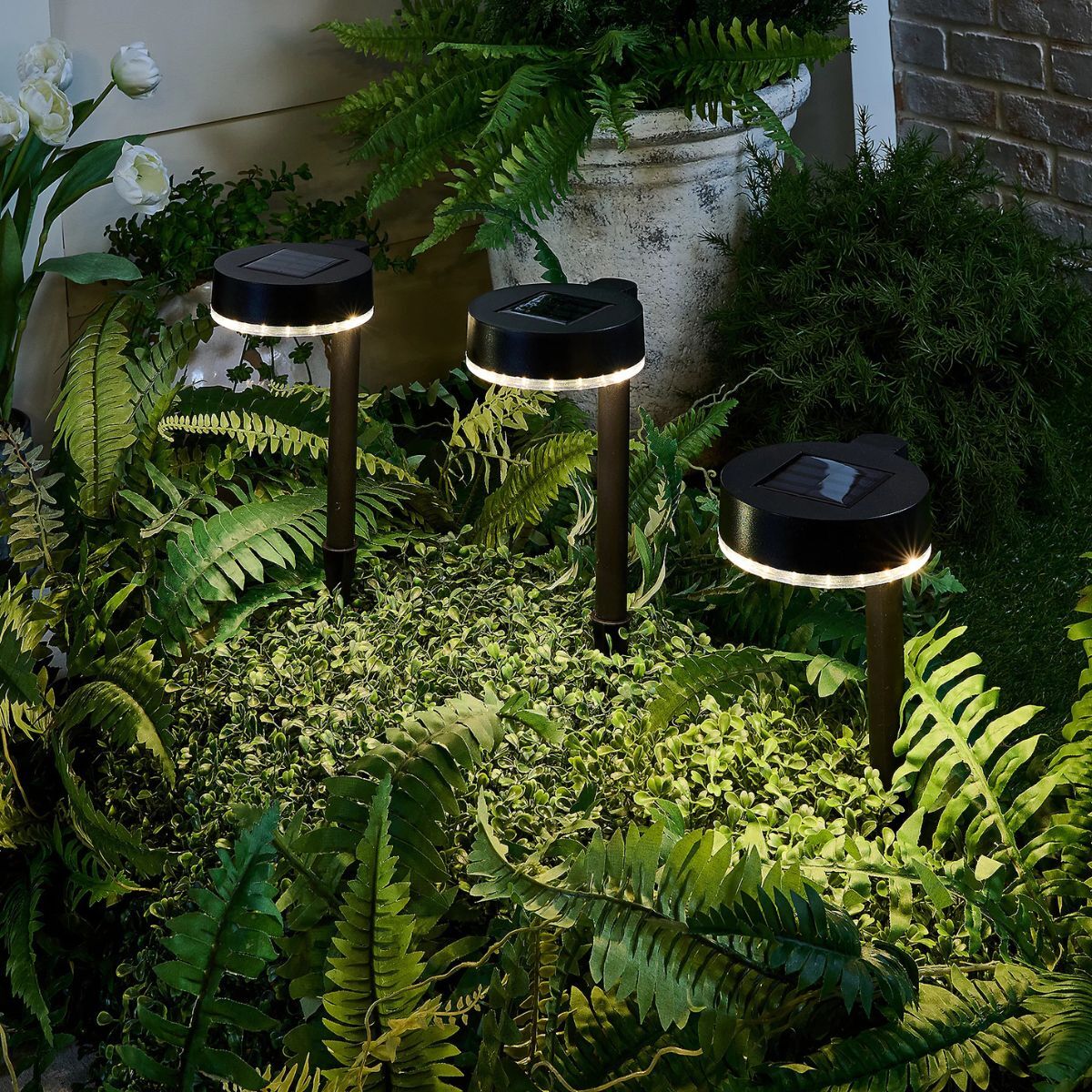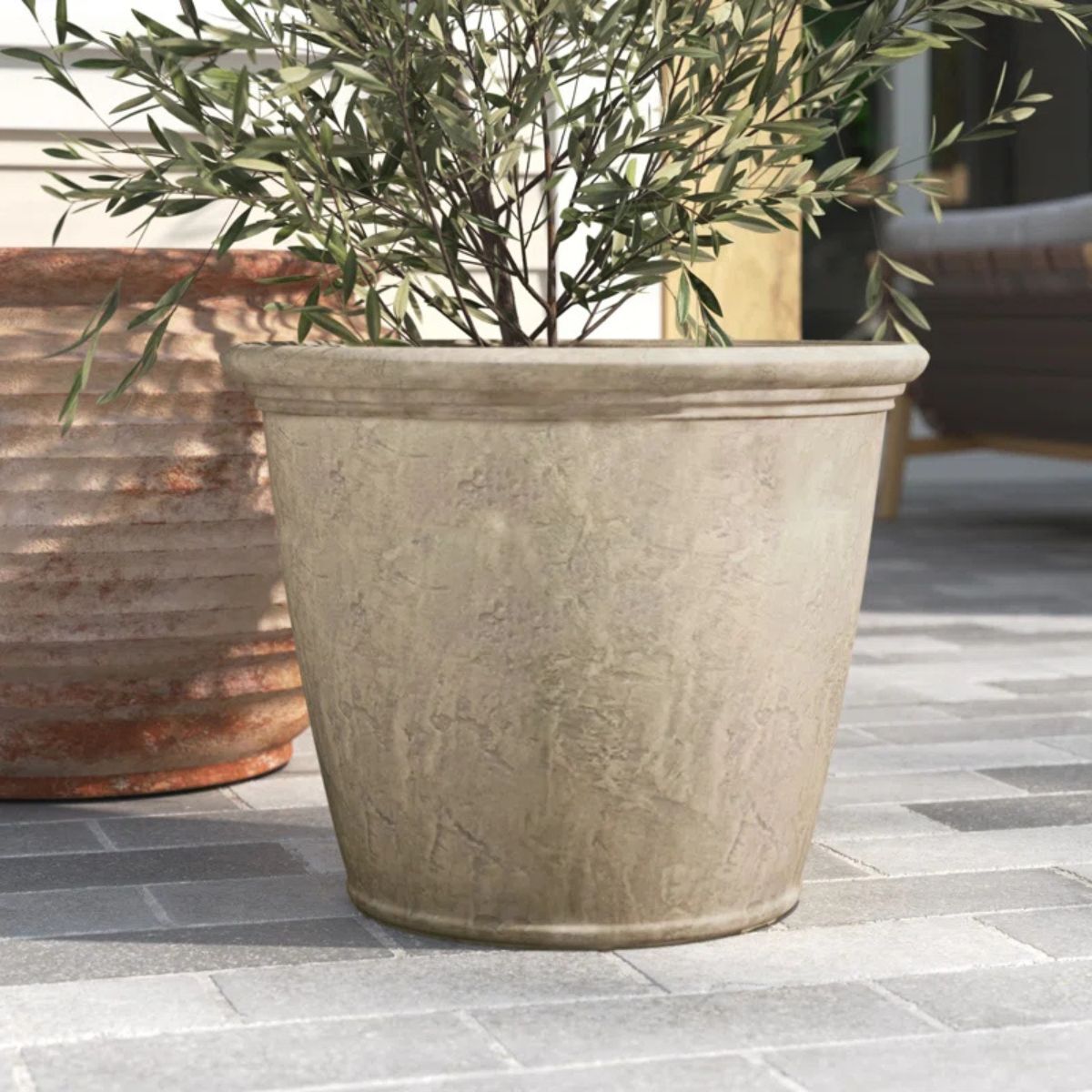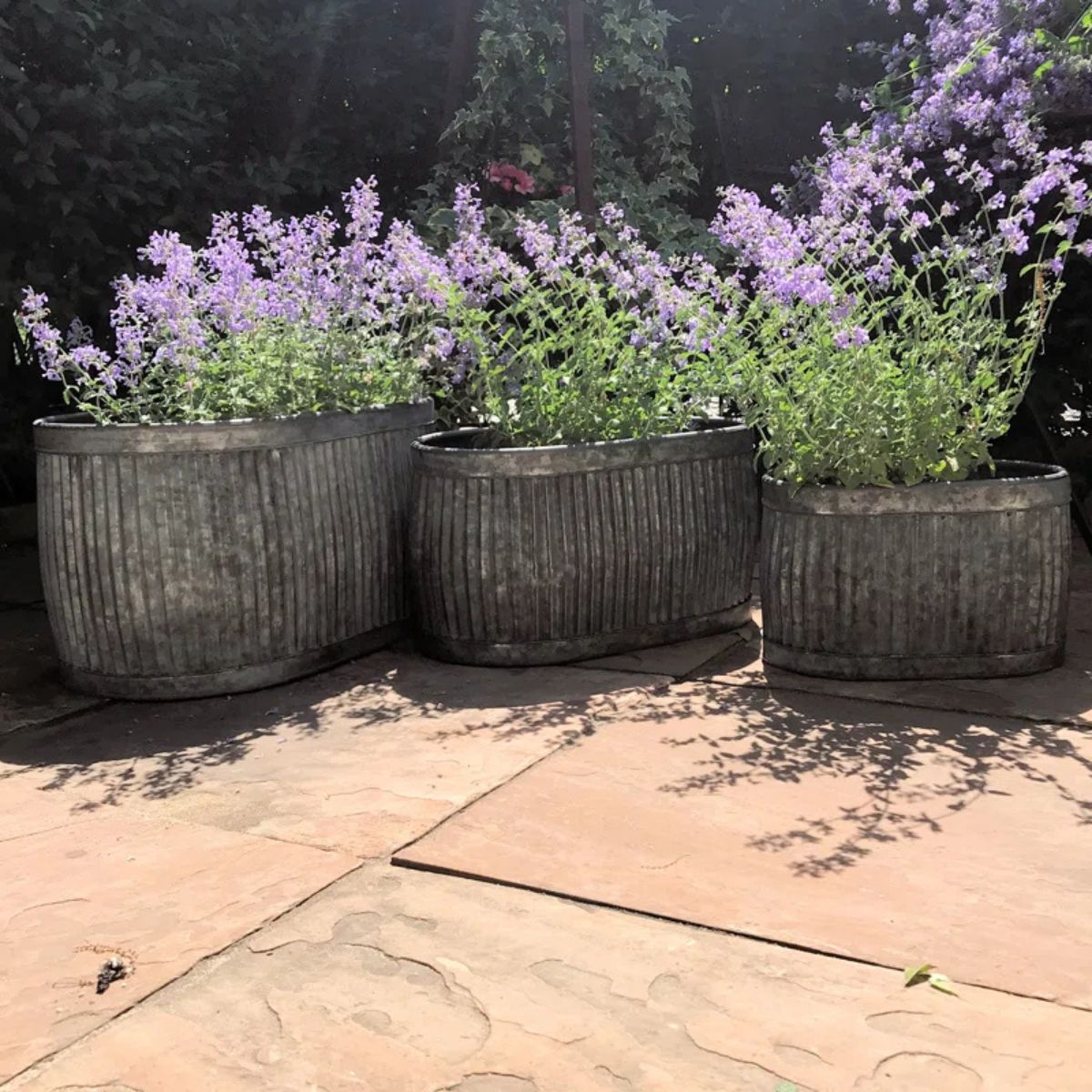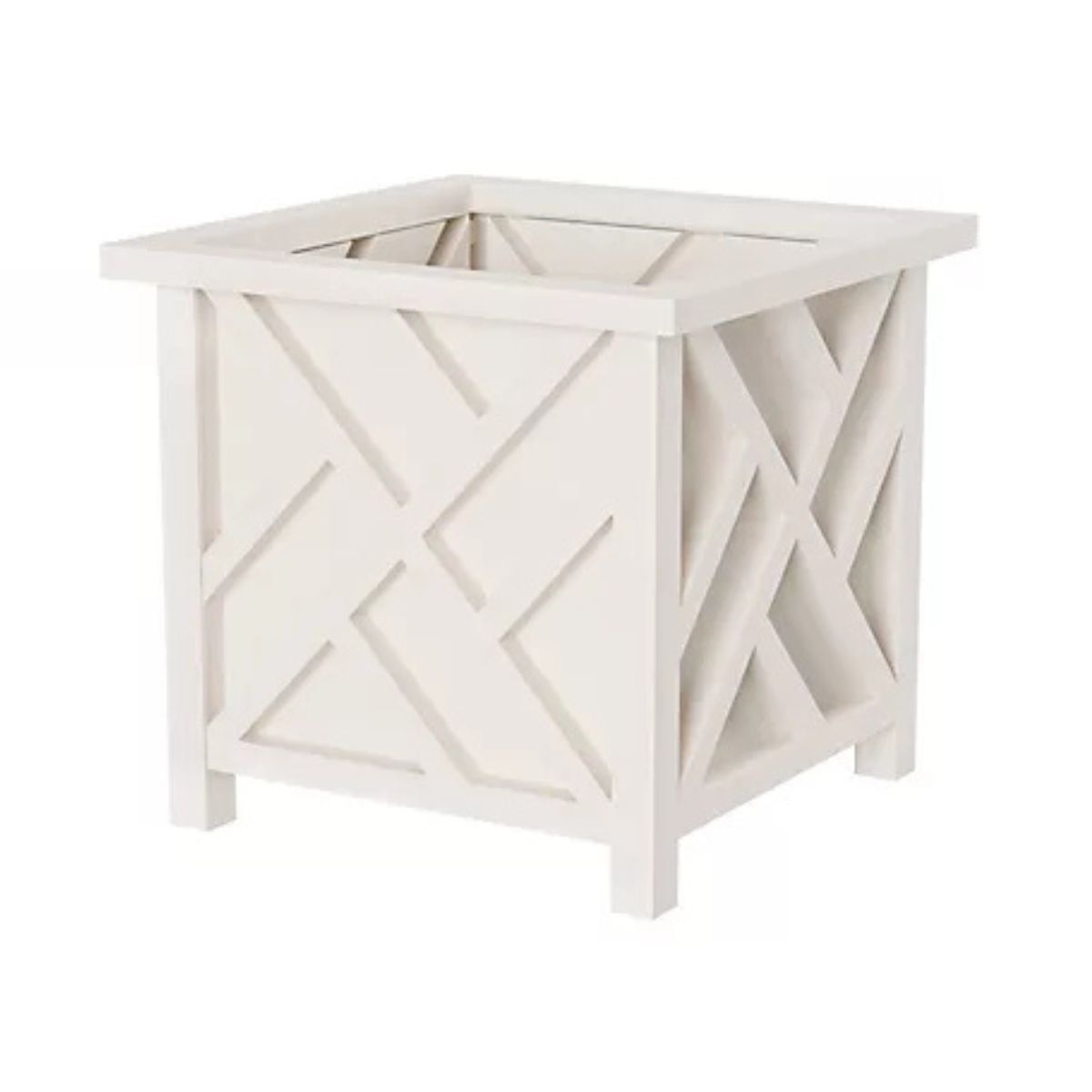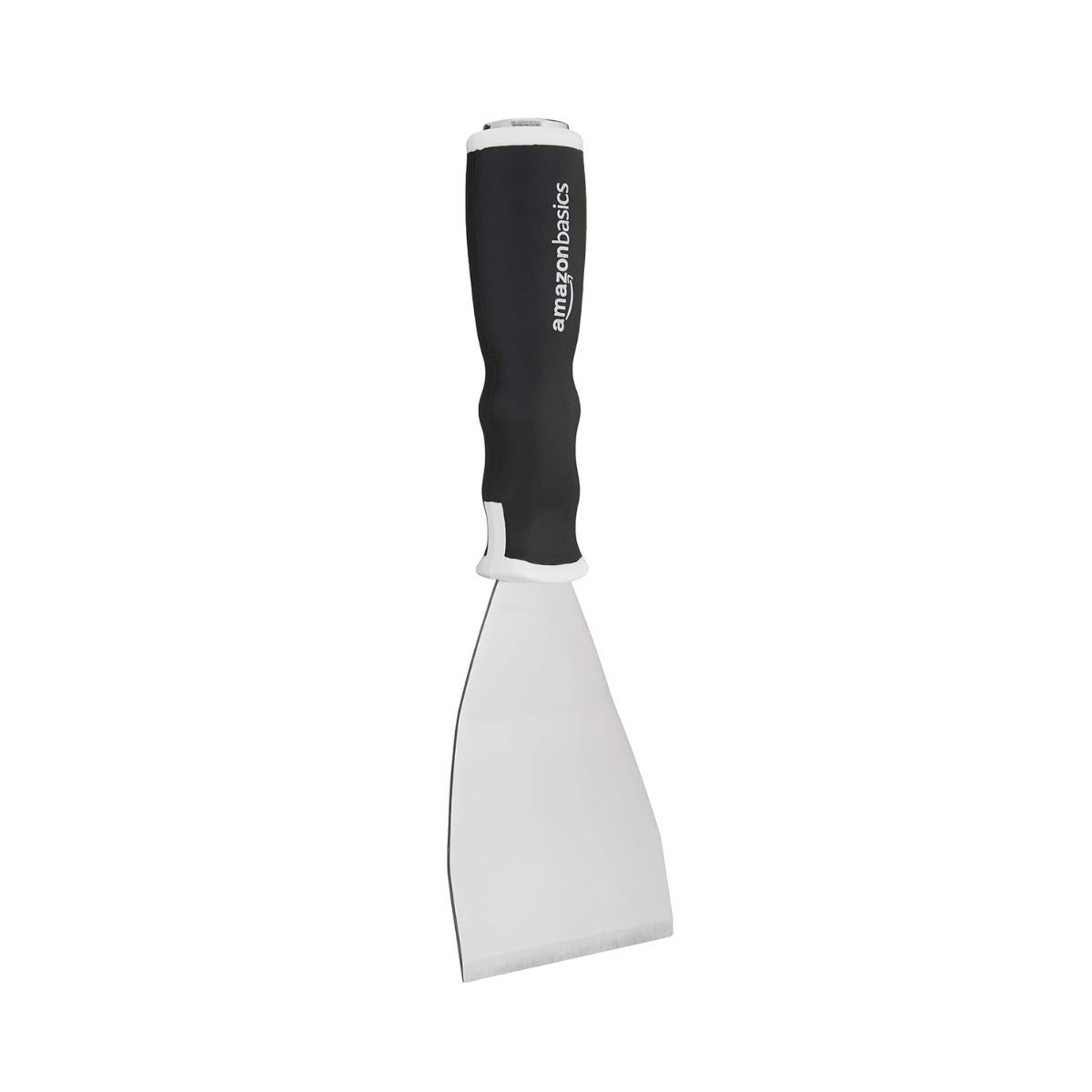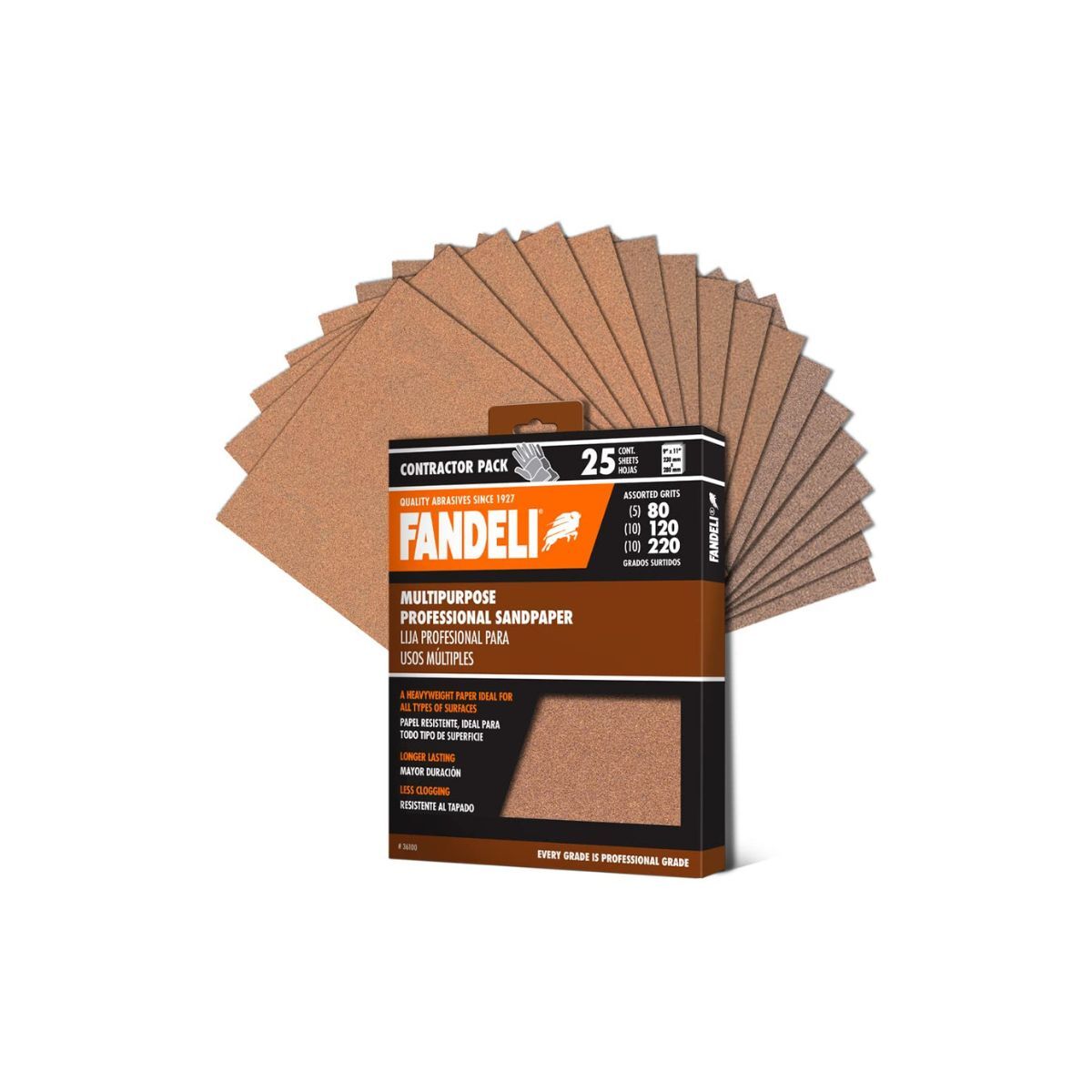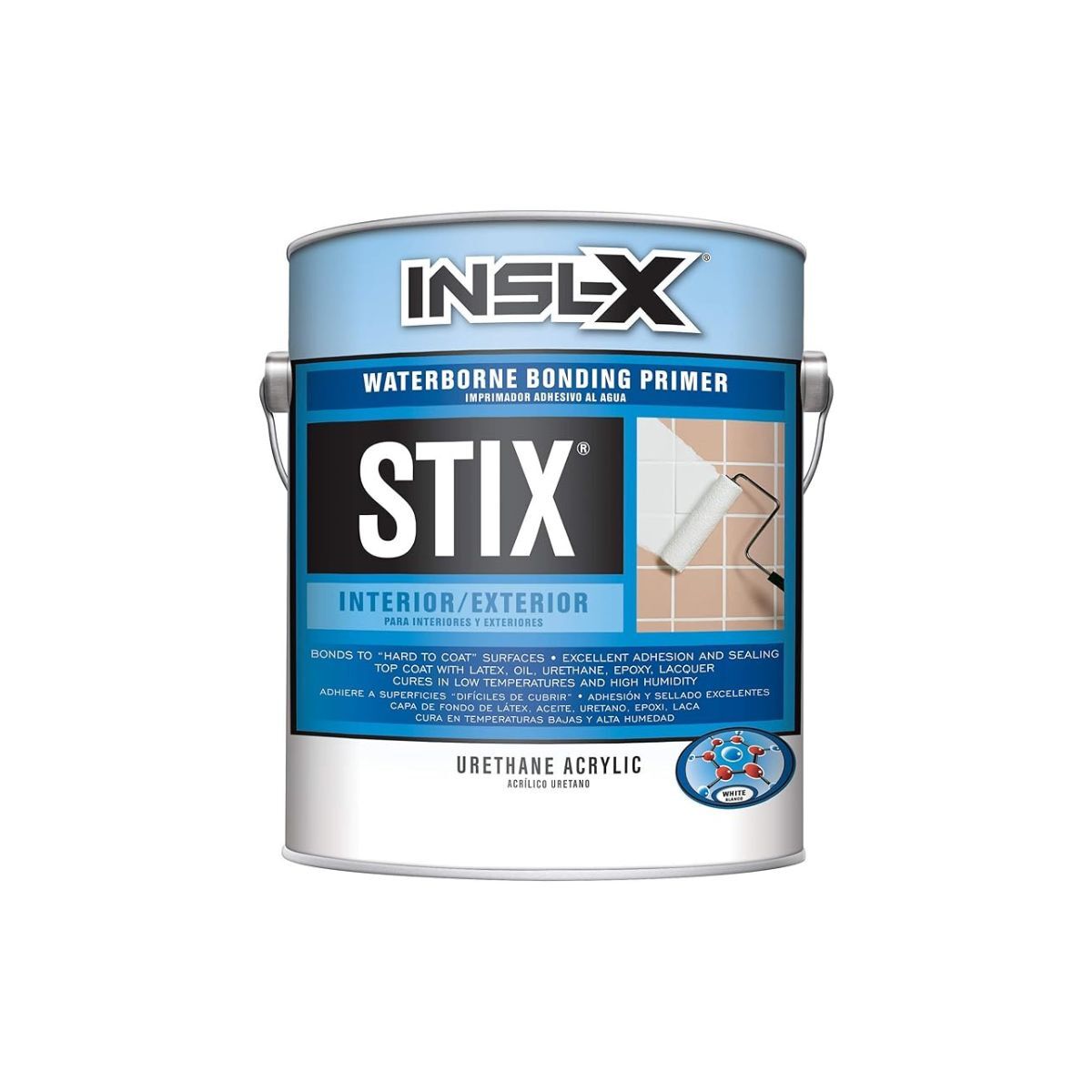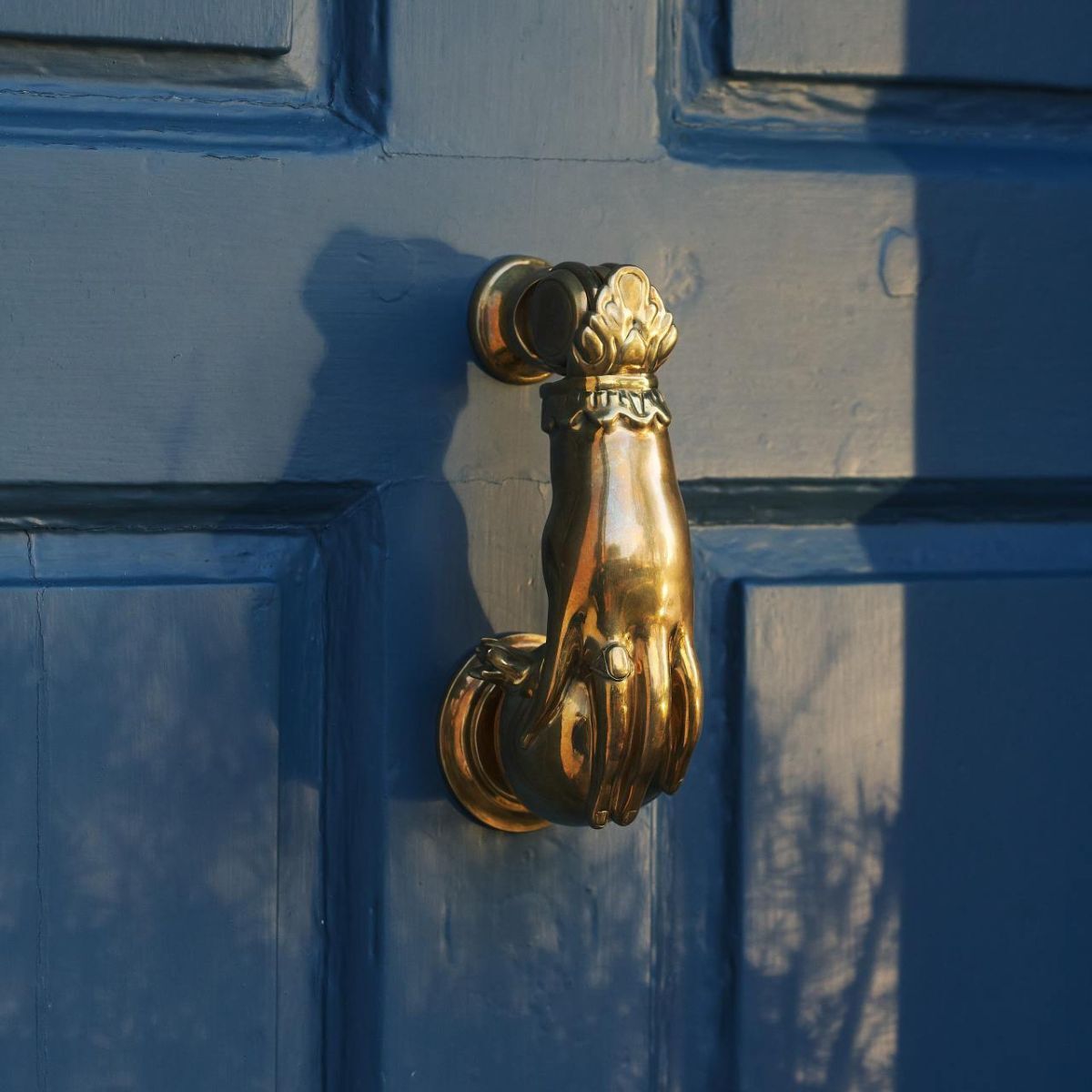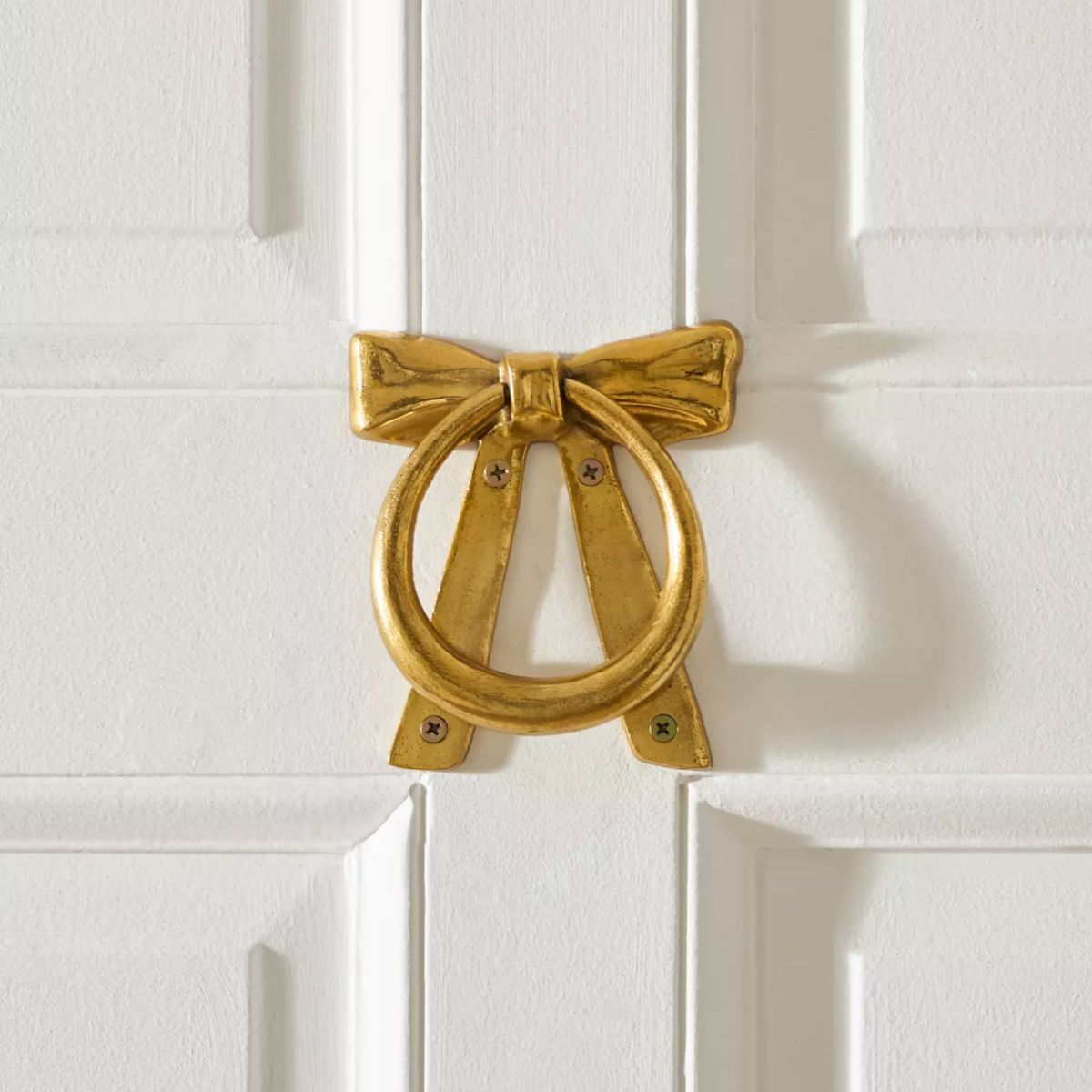6 design mistakes experts warn could be making the outside of your house look cheap
Steer well clear of these aesthetic-obliterating mistakes that are making the outside of your home look cheap
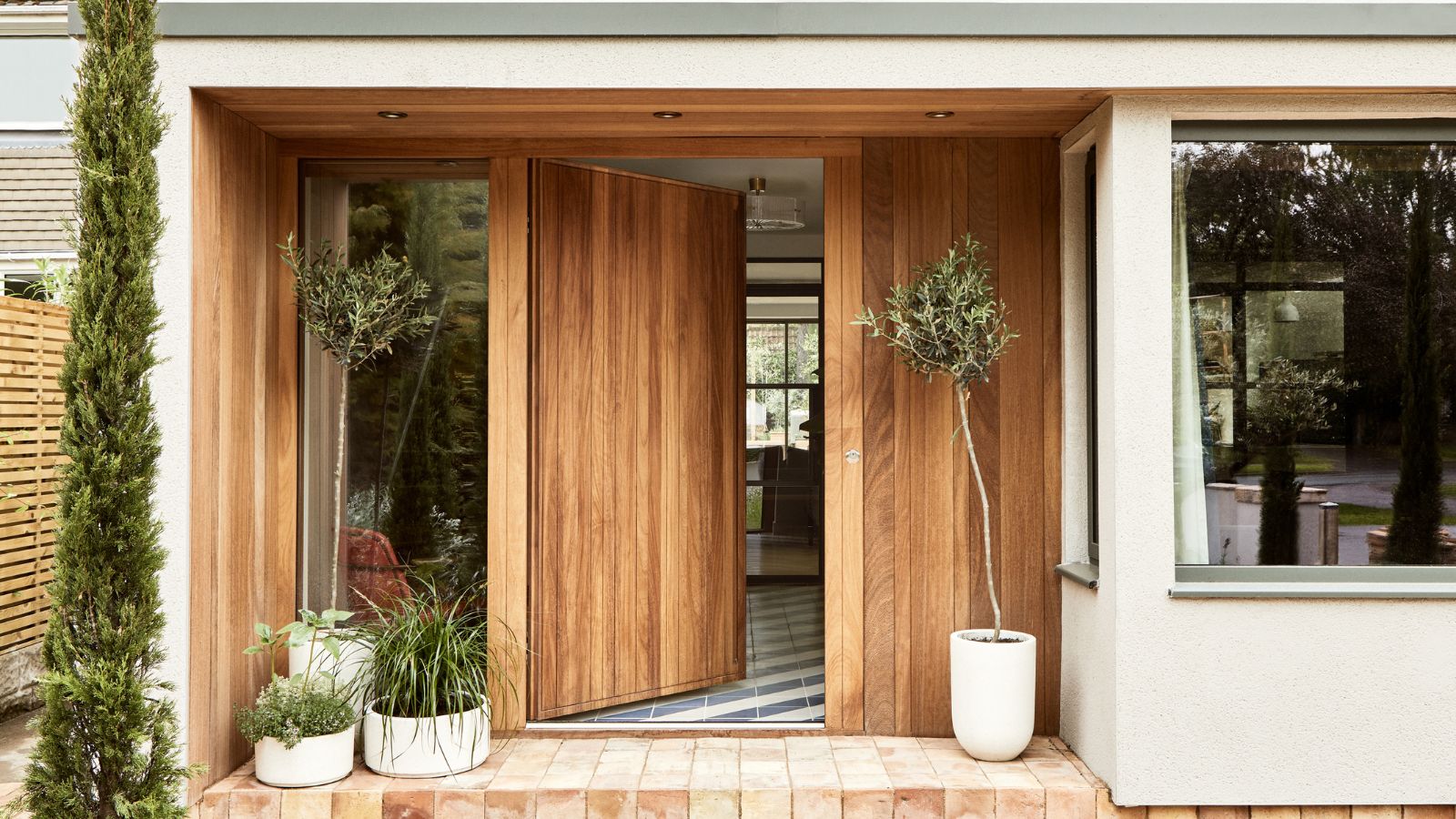

The outside of your house sets the tone for the overarching aesthetic of your home. It can often get overlooked, but a scruffy or neglected home frontage, or one that is over-ornamented, can look equally as cheap and distasteful.
When you’re considering what makes a house look cheap, it’s sensible to start at the beginning and be aware of the design mistakes that could be making the outside of your home look cheap. The front of your home is the first part any visitor will see.
Personally, I’m inclined to say that a solid tarmac drive is never a good idea (gravel or paving is much more attractive), nor is it chic to use faux grass in your front yard, and perhaps the biggest sacrilidge; a smattering of fading plastic garden figurines.
But that's just me. I asked the experts to back up my views, and here we identify six things that could be making the outside of your home look cheap, and what swaps and substitutions to incorporate instead.
1. Artificial, plastic greenery
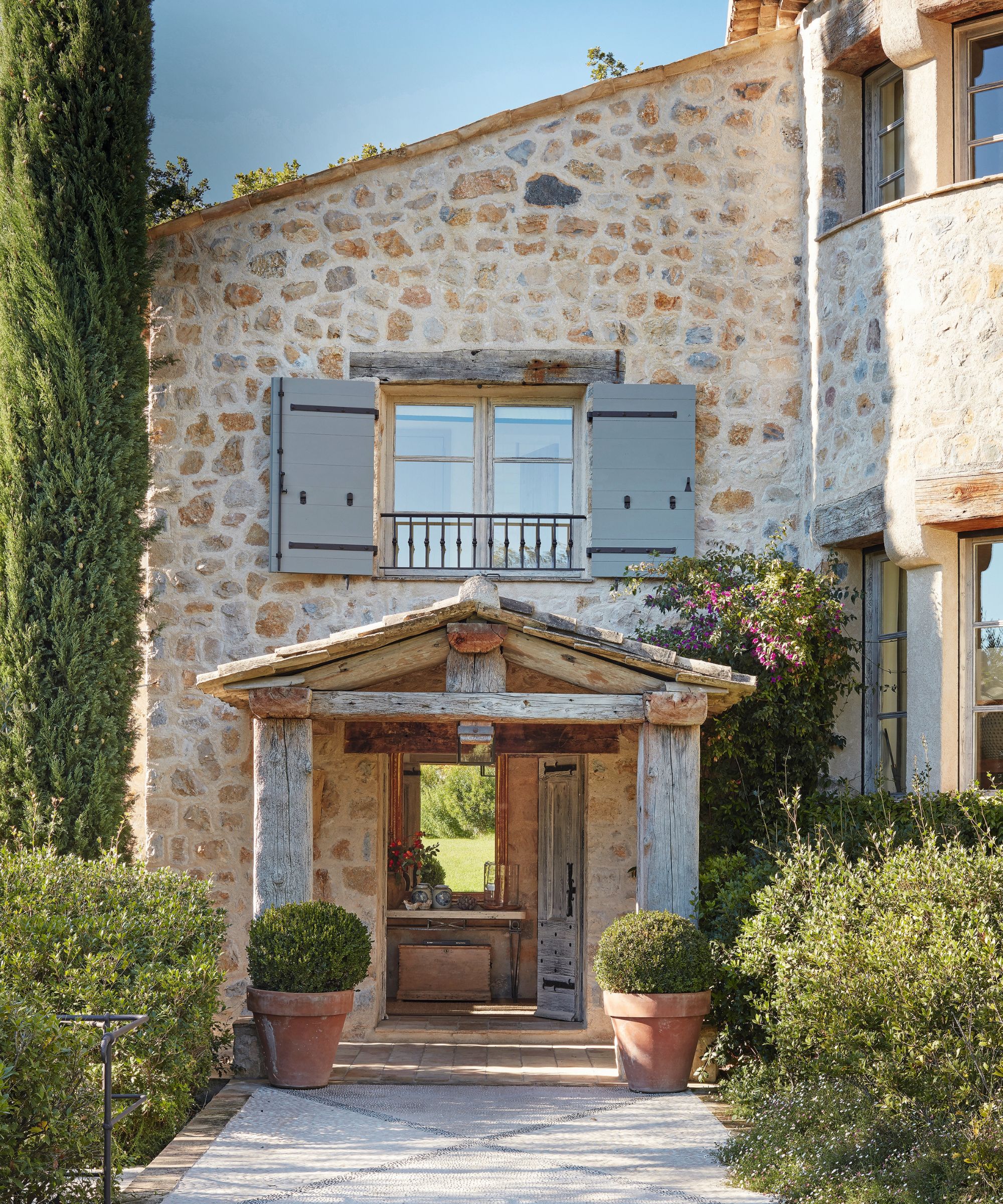
Faux greenery, be it faux flowers, shrubs, grass or topiary, is frankly never going to look expensive. I am loath to see artificial flowers placed in a vase within a home, but worse still, is seeing the plastic flowers outside the front of someone's home. Artificial plants inevitably look tatty and cheap as they become bleached and slightly melted by the sun. Not a good look.
Plastic plants not only look cheap, but have no benefit to the environment either, no animals and insects will enjoy these fake variations of their favorite foods. From an aesthetic standpoint, plastic flora can look cheap and outdated, which will make the outside of your home leave a lasting, bad impression. Instead, plant perennial evergreens, if it's low-maintenance plants you’re after, but bear in mind that plastic plants are never a good replica.
2. Poor lighting
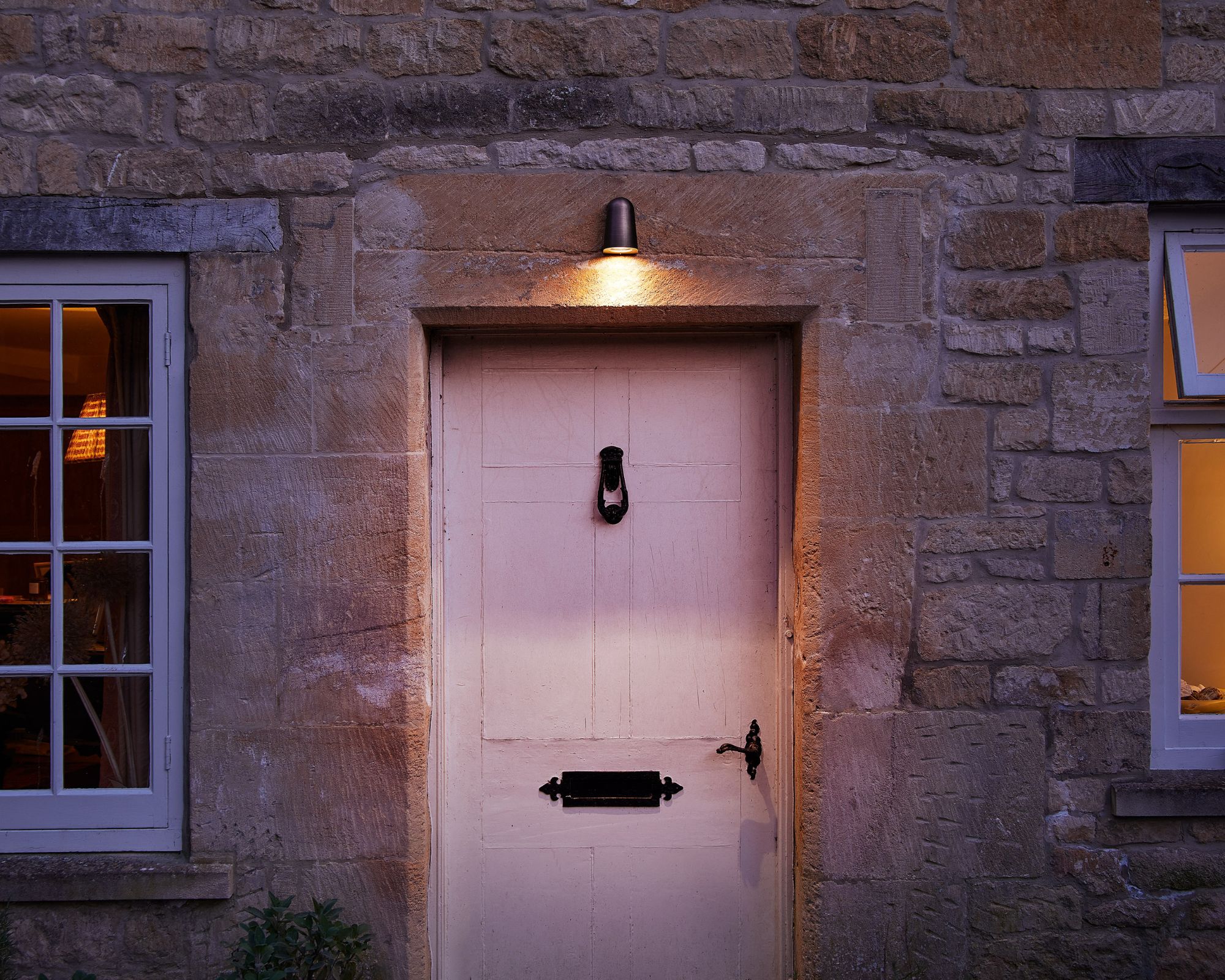
It’s often thought that the only lighting seriously worth concerning ourselves with is our indoor lighting; warm, cool, harsh, soft, flattering, unflattering, good lighting is an art. But what about lighting for the front of the home?
Design expertise in your inbox – from inspiring decorating ideas and beautiful celebrity homes to practical gardening advice and shopping round-ups.
So many of us just stick with largely unattractive, practical lighting, casting the maximum amount of intense white light, the lighting fixtures themselves being no different from those used on public buildings. Of course, there are security elements to consider here, but balance those out with aesthetic choices too.
The number one consideration when you want to make a home more welcoming is improving the outdoor lighting. Intense, jarring white light emanating from a round plastic light fixture is certainly good for illuminating the front of your home, but it can feel somewhat confrontational, even hostile, and certainly doesn’t make for a warm welcome.
‘Consider exterior lighting either at one or both sides, or even above your front door,’ says interior designer Caroline Borgman. ‘You don’t have to pay a fortune for beautiful exterior lighting. My go-to is Pooky, who have some wonderful options in various finishes from glass lantern styles to brass down lights.’
Luckily, utility and aesthetics aren’t mutually exclusive, and many outdoor lighting ideas consider form just as much as function.
3. Plastic plant pots
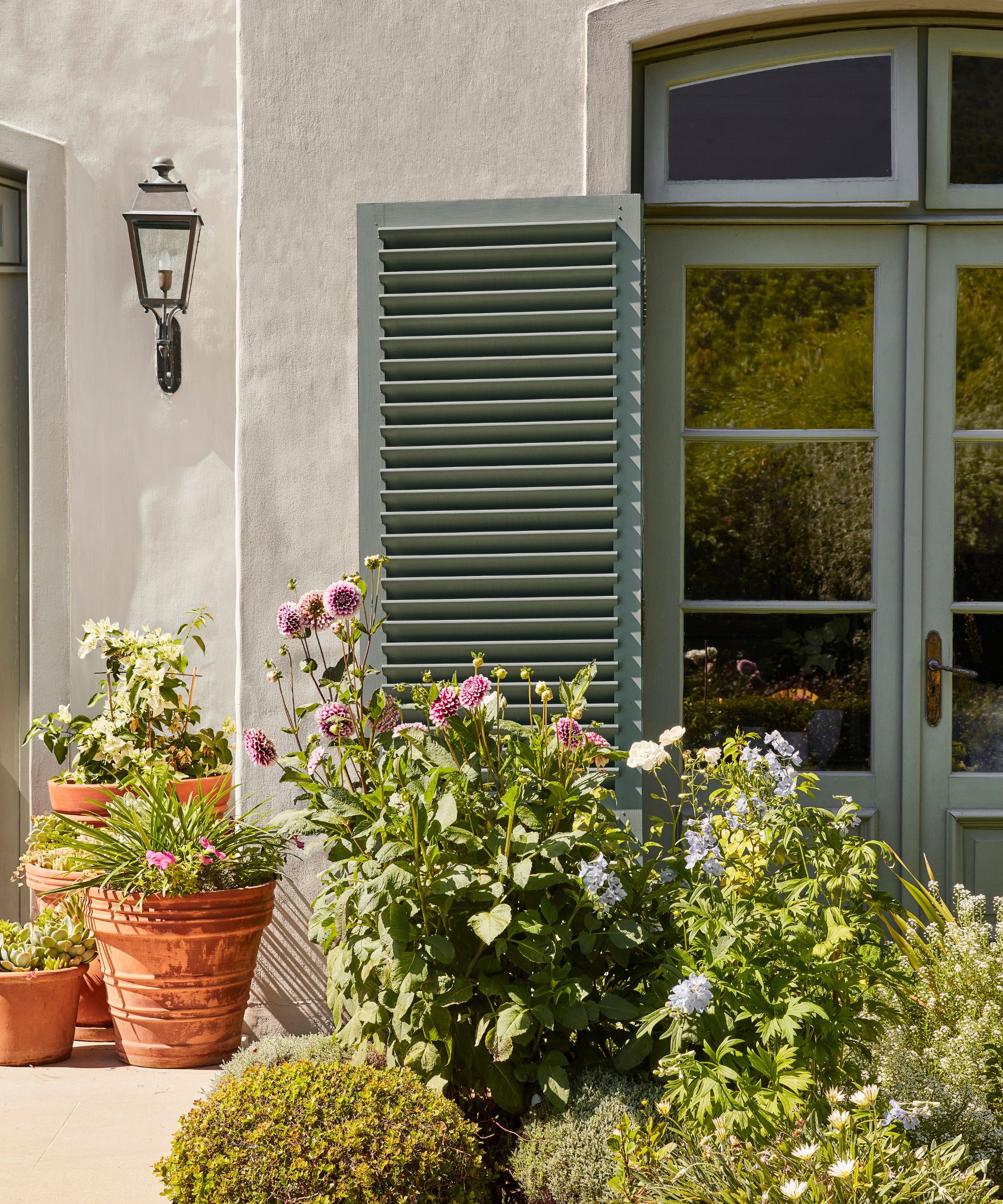
One essential ingredient for the outside of any house, especially those with plenty of outdoor space, is large, oversized pots. They always look unerringly chic. If you’re ever looking for ideas or inspiration on how to style with large decorative pots, it's always good to keep things simple, seasonal, and structured. However, the key to making it look timeless is investing in tasteful plant pots, before you even think about the planting.
Using a collection of mismatched plastic pots will look cluttered and shabby, especially as the degradation from sunlight sets in, which will make the outside of your home look cheap and neglected. ‘Create a pretty entrance way by investing in a couple of large terracotta pots as this will last a lifetime,’ suggests Caroline. ‘Keep the style simple and change flowers according to seasons. Don’t scrimp on cheap pots as these won’t stand the test of time and the cold frosts.’
If you have always found clay, metal, or terracotta pots prohibitively expensive, rest assured, there are more modestly priced versions available, so you can wave goodbye to the jumble of plastic pots and get things looking more sophisticated.
4. Faded and peeling woodwork
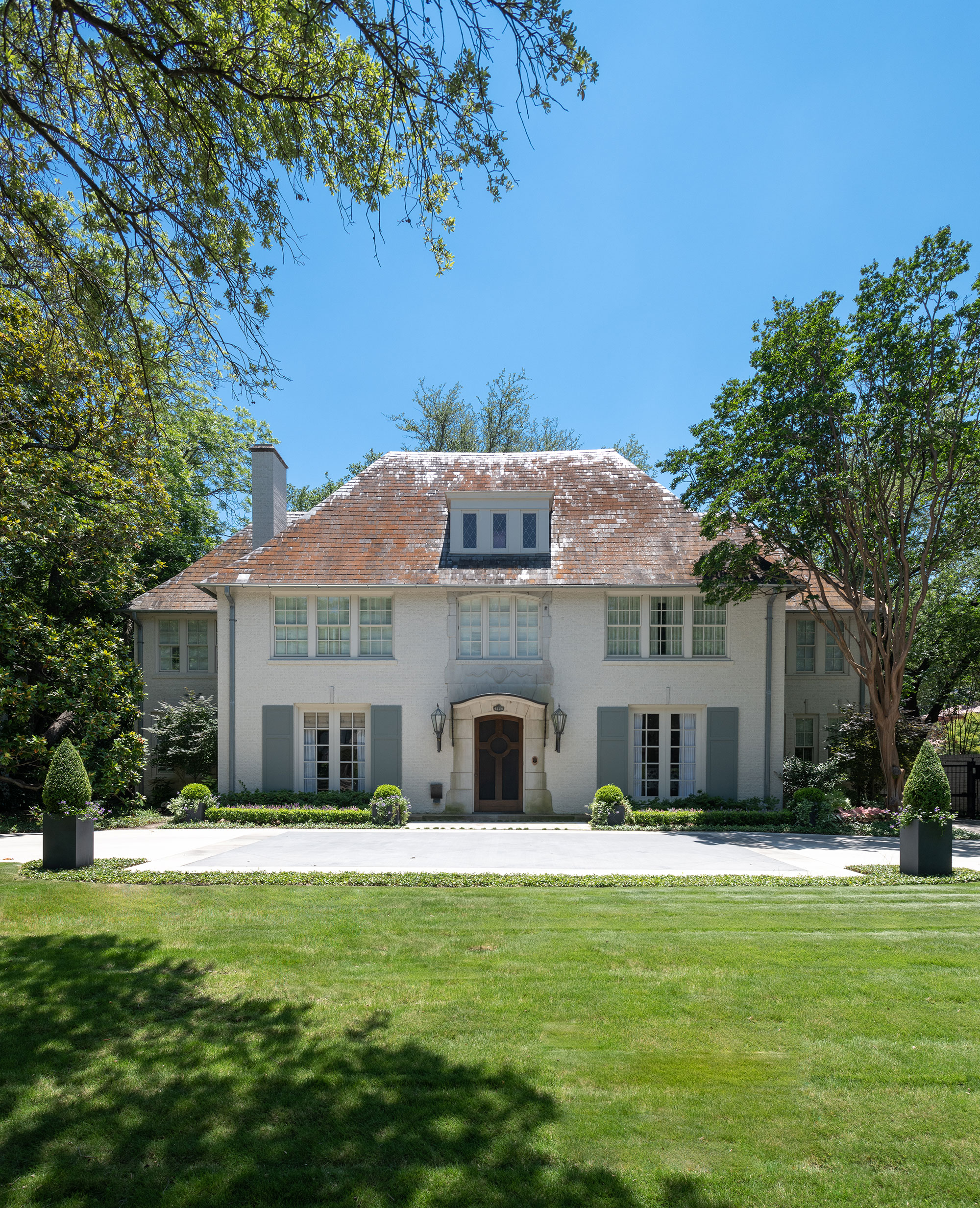
It cannot be overstated just how much painting the woodwork on the outside of your home can lift the overall appearance and alter the aesthetic narrative of your home. It's well worth investing in one of the best exterior paint colors and repainting regularly. Apart from buying the wrong paint formulation (which will end in disaster), neglecting to keep the paintwork tidy is the biggest mistake you can make when painting your home’s exterior.
Unkept, fading, and peeling paint on woodwork very quickly makes the exterior of your home look unkempt and, therefore, cheap. It is simply a sign of wear and tear, and although it shouldn’t need doing too frequently, especially if you have chosen a good quality paint and primed the wood effectively, it is one of those non-preferred tasks. However, messy, grimy, and faded woodwork is something of an eyesore worth keeping tabs on. This is to say, be sure to fix peeling paint to ensure the outside of your home is as together and well-maintained as the inside.
5. Painting your front door an unattractive color
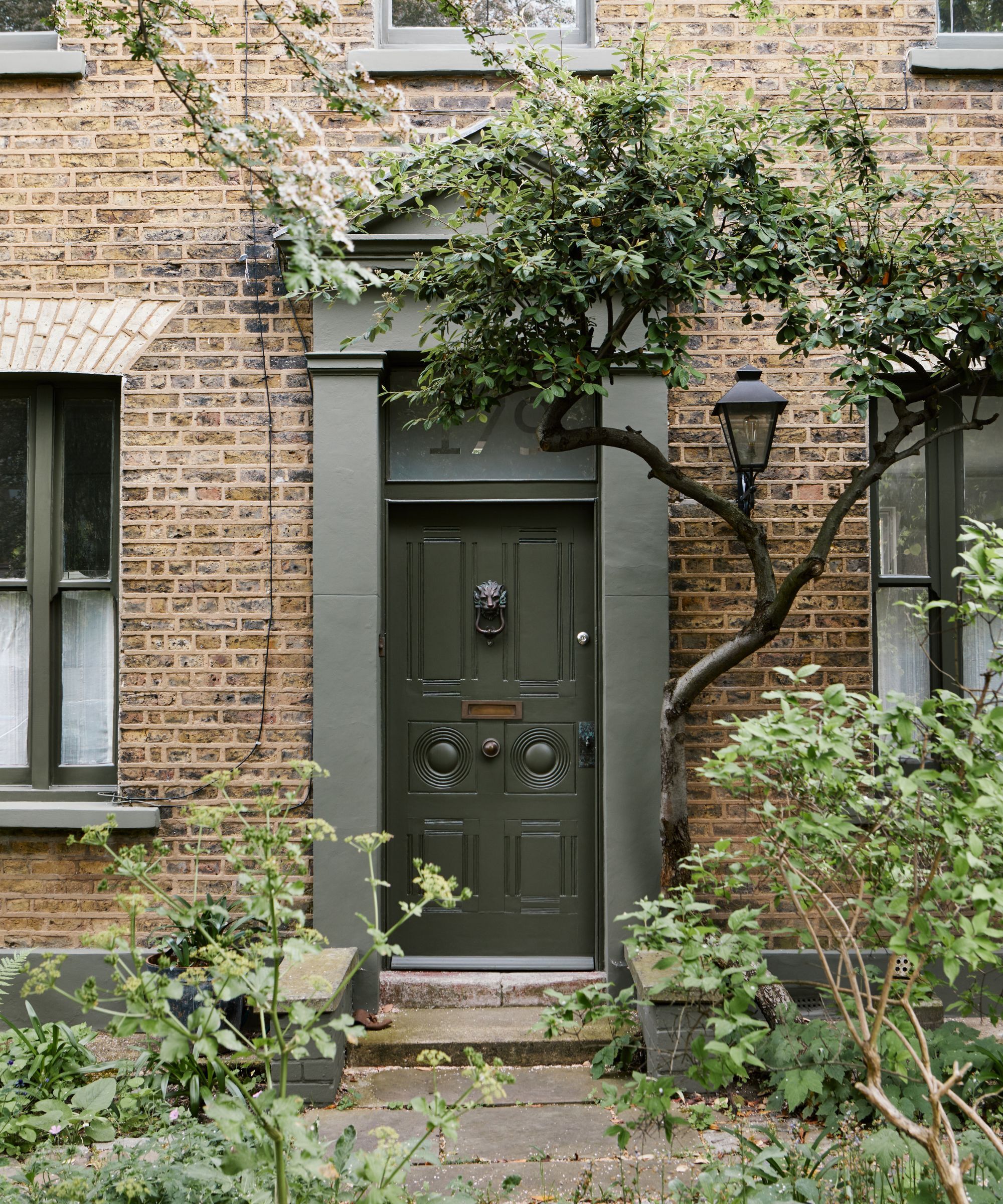
‘If your home is street-facing, your front door is a focal point. A dull or dated paint color, like a flat white or faded grey, can instantly drag down the appearance of the entire façade,’ explains interior designer Sean Symington. ‘Instead, choose a shade that complements the surrounding materials. Like a soft sage green against natural stone or a crisp soft off white paint against red brick can make all the difference. Don’t be afraid of a little color, it adds personality and can lift a home exterior.’
With this in mind, it's important to choose front door colors wisely. There are some key front door colors to avoid, such as pure, brilliant white, which looks dirty very quickly, or dark grays which can end up looking drab and unwelcoming. The wrong color can be very uncomplimentary and incompatible with the look, architectural style, or period of your property. It's vital to keep in mind what is appropriate, as an ill-suited color can show an unawareness of the context or surroundings, cheapening not just your home, but potentially the look of the neighbourhood.
That said, it demonstrates confidence and design prowess to use an unusual color, and not stick to the common front door colors that are all now very oversubscribed. You needn’t stick to strictly conservative colors, and some of the most design-forward and architecturally inspiring homes I’ve visited use bold colors on the exterior of their home. It’s all about context, and be sure to order plenty of samples before you commit.
6. Ugly front door accessories
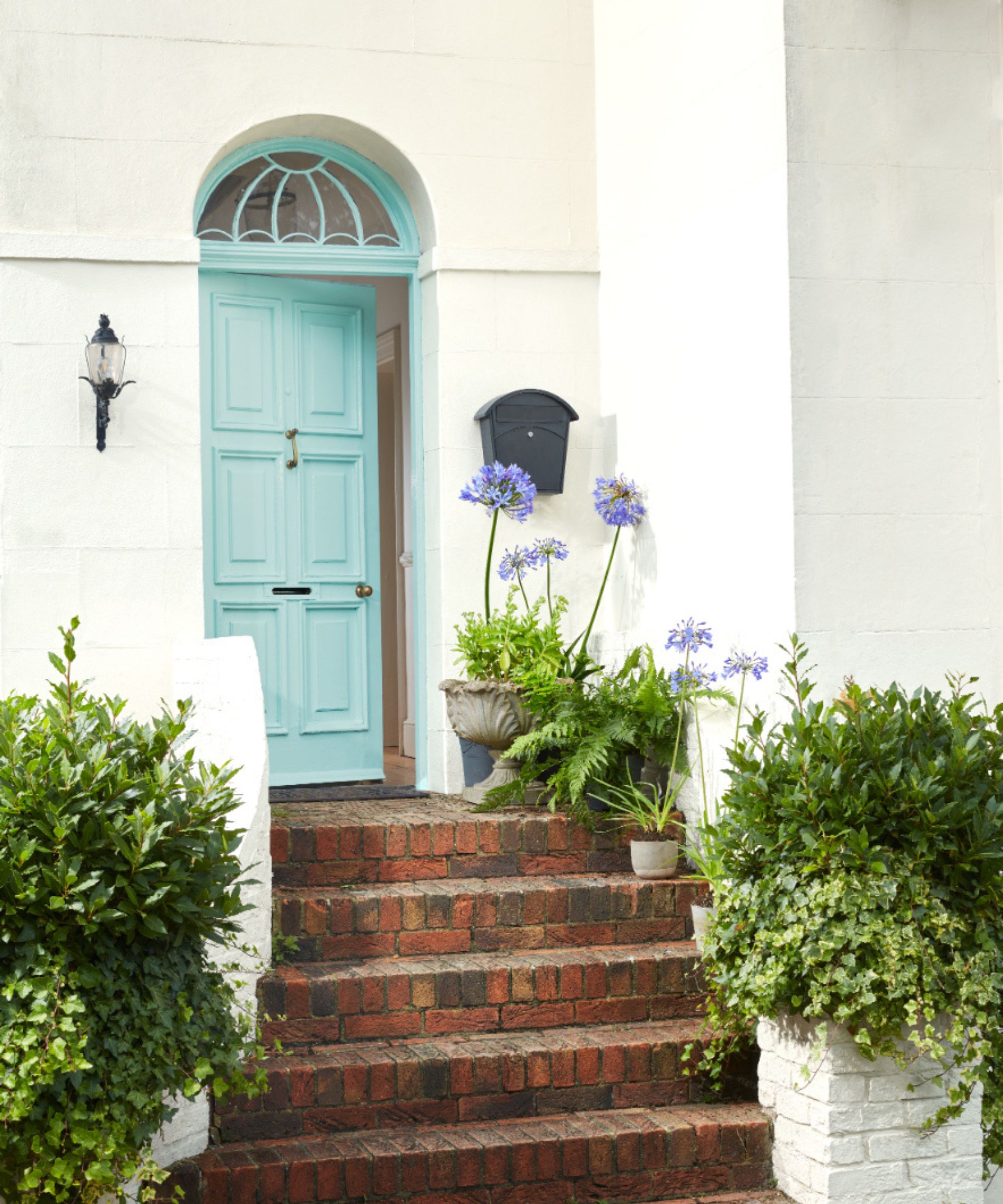
On first glance, this feels like a very minimal, perhaps insignificant tweak. However, have you ever ascended the driveway of a very attractive house, only to be greeted at the front porch with a PVC door with no door knocker, and a white plastic doorbell?
If you want to avoid making the outside of your house look cheap, it's worth embracing solid, old-fashioned, and timeless elements like a heavy brass door knocker, period brass letter plate, and an attractive, preferably not white plastic, door handle. Alternatively, if you have a contemporary home, invest in new technology. It's the middle ground you want to be wary of; that '90s throwback plastic buzzer doorbell can instantly cheapen the mood.
Helen Parker, owner of kitchen designer deVOL, well known for their timeless and historically inspired designs, has recently launched a new, beautifully crafted door knocker. She explains that your doorknocker, letterplate, and doorbell are like ‘jewelry for the front of your home’.
‘Beautiful things have a historical background,’ she explains. If you love traditional, classic interiors, you will want to focus on traditional, classic things to put in your home, they should feel authentic, humble, and made to last.’
If modern decorating is more appropriate for the style of your home, ditch the plastic buzzer and invest in the smart technology now available to us. If you’re looking to add value to a home, it's the small details you don’t want to overlook.
So, if you're looking to upgrade your curb appeal or want to gear up ready to sell your home this summer, steer well clear of these key mistakes to ensure you aren't doing your home, however beautiful it is on the inside, a disservice by neglecting the outside.
Now is, in fact, the perfect time of year to give the exterior of your home some TLC. There's the bigger job of giving it a new coat of paint, but there are small tweaks you could do in just a weekend afternoon – plant up some new large pots to soften around the porch, or invest in some new hardware for your front door, or just give your exterior a spring clean dust away the dirt and cobwebs.

Sophia Pouget de St Victor is the UK Content Editor at Homes & Gardens, bringing readers the latest trends, expert insights, and timeless design inspiration tailored to a UK audience. With a background in luxury interiors and a qualification in Garden Design from London, she has a passion for creating spaces with character and emotional depth. Sophia gravitates toward interiors that defy definition, valuing individuality and effortless elegance. She lives in West London with her partner, two mischievous terriers, and a plump cat named Lettuce.
You must confirm your public display name before commenting
Please logout and then login again, you will then be prompted to enter your display name.
